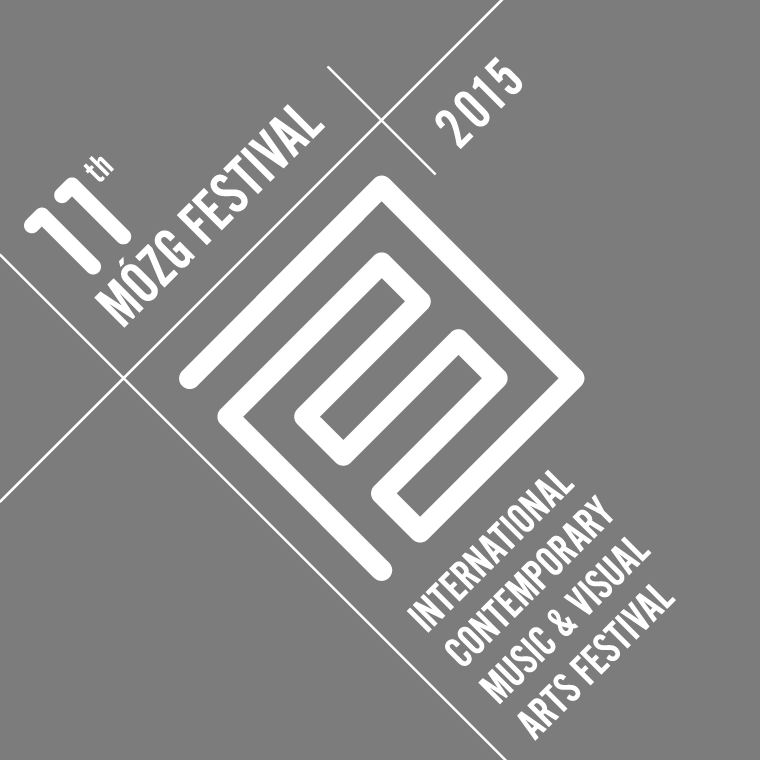
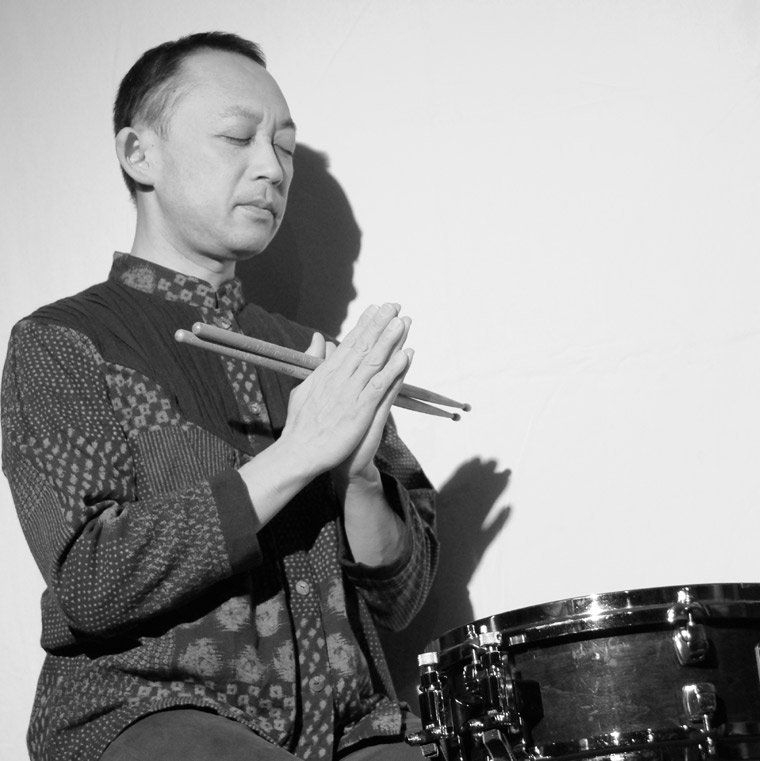
Morihide Sawada (Tokyo) studied electrical engineering and started to play his own music in 1980. His first job was an editor of a music magazine that specializes in progressive rock. After that, he was working as a sound engineer, and he sometimes played drums with different bands. In 2006, Sawada played drums as a member of a psychedelic rock band. Since that time, he sometimes plays in Europe. He started touring with a solo performance "snare drum solo" since September 2011. Its music has received strong influence mostly from traditional folk music and minimalism.
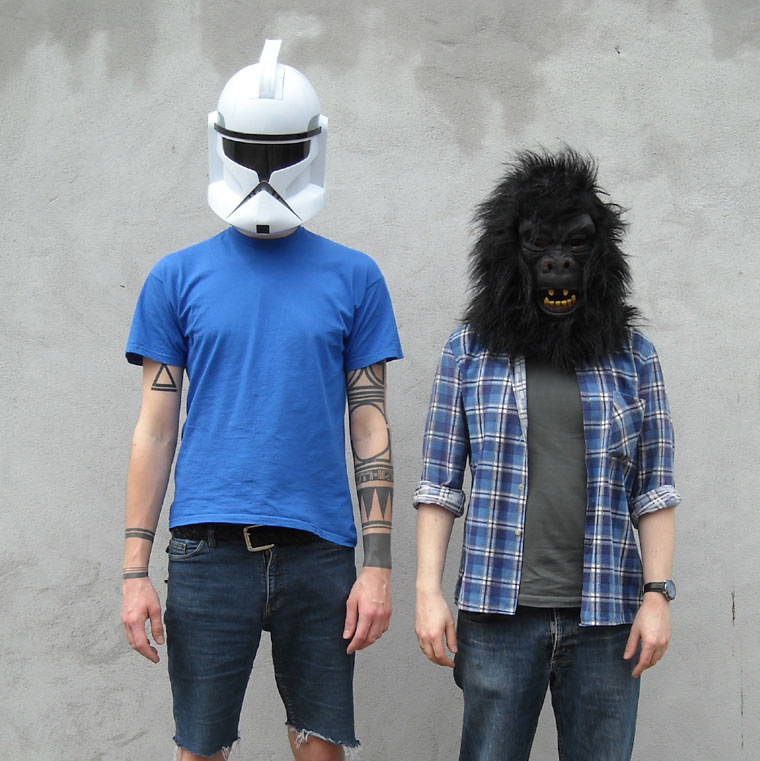
WOODY ALIEN (Poznań) is a band founded in Stargard Szczeciński. The duo of Marcin Piekoszewski and Daniel Szwed gets to a place where jazzcore meets raw noise through outbursts of bass and drums with a great dose of aggression. There’s definitely a lot of punk blow, persistent carving of overdrive power, spluttering bass and rhythmic cannonades topped with raw but at times melodic vocals. The band’s biggest asset is their loyalty to the perfected sound and a huge dose of spontaneous energy gushing from the bass-drums construction roller, that they use to squeeze each and every drop from the minimalistic convention of a duo.
Ann Noël (Berlin), born in Plymouth, England in 1944, has lived and worked in Berlin since 1980. Her wide-ranging talents as painter, graphic designer, printmaker, photographer and performance artist bear witness to a rare combination of creative ingenuity, bold experimentation, and up-to-date technical skills. Since the early eighties she became an active part of the Fluxus movement participating in all kinds of events and performing alone or in a group, especially in collaboration with her husband Emmett Williams.
Eric Andersen (Copenhagen) was born in Antwerp in 1940 is an artist associated with the Fluxus art movement and interested in intermedia art. Currently, he lives in Copenhagen, Denmark. Andersen’s performances depend very much on the audience and this way he explores the open interaction between performer and public, developing open self-transforming works, such as arte strumentale - works that altered themselves. This is true of not only his Fluxus actions but also his installations, to which the public may be prompted to contribute. In 1996, the year in which Copenhagen was Europe’s cultural capital, Andersen arranged a three-day inter-media event involving parachute-jumping, helicopters, mountaineering, live sheep and 500 singers walking on water.
Benjamin Patterson (Wiesbaden) was born in Pittsburgh in 1943. He studied the double bass, Composition, and Film Direction at the University of Michigan. As an African American musician, it was impossible for him to get a job at a symphony orchestra in the United States, so he started out playing with Canadian orchestras. In 1960 he moved to Cologne, Germany where he became active on the contemporary music scene of the most radical, focusing its activities at the studio of Mary Bauermeister. In 1962 he participated in the first Fluxus Festival in Wiesbaden and then in several more editions. Patterson cites the artists Robert Watts, George Brecht and Dick Higgens as his greatest influences.
„I’M NOT CRYING – I’M LAUGHING”
Eric Andersen said it when I was recording a musical collage consisting of different people laughing. I asked Fluxus artists to submit their voices and laughter. Eric started with this strange voice resembling crying more than laughing and when I asked him “why are you crying?”, he said: „I’M NOT CRYING – I’M LAUGHING”.
Since the very beginning, Fluxus has always perceived laughter and fun as one of the main creative elements. Today, being the curator of the Fluxus show during the 11th Mózg Festival, I thought it was the perfect title.
Both world wars contributed to the fact that the greatest achievement of Renaissance, the idea of humanism, was at the verge of annihilation. The need for radical change appeared. Since the times of Sigmund Freud the perception of a human began to change. A human turned out to be something more than just an outer shell subjected to the laws of nature and culture. A human is someone who exceeds our foregoing idea of ourselves far beyond. A human turned out to be a twine of extraordinary and amazing feelings and emotions, real and absurd, wilful and intuitive. It has been the greatest change in the perception of humans and their place in the world since the Renaissance era. Fluxus’ activity is an attempt to look at the world and your own self from a new perspective, using absurd, intuition and laughter in search of freedom and reflection upon the world. The name “Fluxus” indicates the undetermined fluidity and dynamic of the world. When the world snapped out of the catastrophes of both world wars, not only the ruins of houses and cities were left. The foregoing perception of the world, as a structure consisting of undisputed laws and rules, was fell apart.
One of the most popular Fluxus actions was the destruction of a beautiful grand piano. An act as sacrilegious, as it was absurd. It took place in Wiesbaden in 1962 during the first International Fluxus Festival Fluxus International Festspiele. This performance was a reflection of the brutality of the real world. Grown men were playing like little boys, devastating a symbol of high culture and beauty. It turned out that the high culture could not protect the humans from almost utter annihilation. It is a bitter statement: „I’M NOT CRYING – I’M LAUGHING”.
Grzegorz Pleszynski
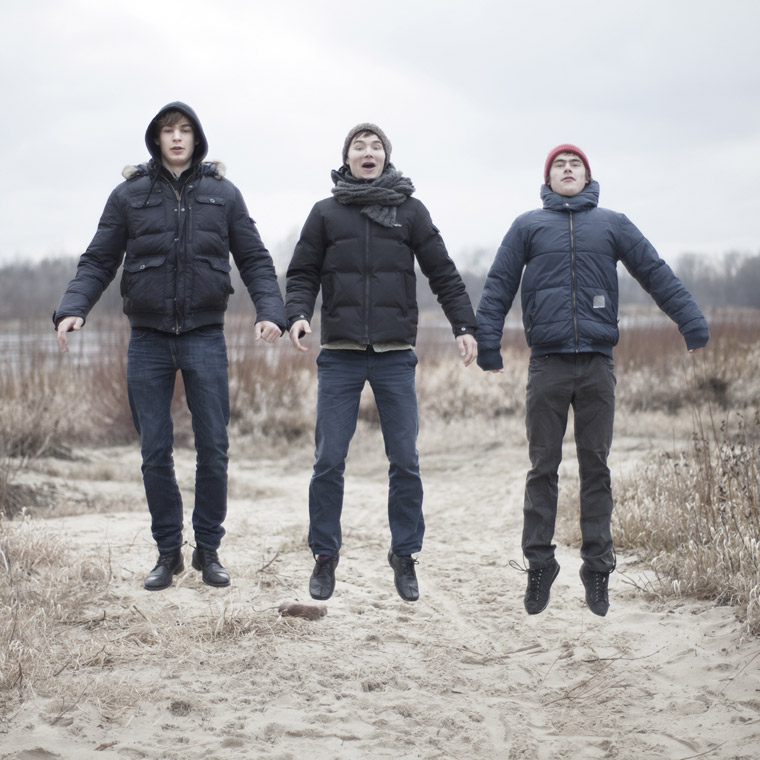
The Love And Beauty Seekers (Warsaw) is a Polish trio from Copenhagen. The musicians explore the opportunities that a combination of saxophone, double-bass and drums gives. They broaden the limits of imagination while being on a quest for love and beauty. The band plays open compositions that leave a lot of space for improvisation and unpredictability. Through their music they express freedom and energy.
Jędrzej Łagodziński - tenor saxophone
Franciszek Pospieszalski - double-bass
Szymon Gąsiorek - drums

The beginning of this ensemble reaches mid 90’s, when the band Miłość has been recording and playing with Lester Bowie – the leader of the Art Ensemble of Chicago. We, Mazzoll & Arhythmic Perfection, have just released our first 2 albums “a” and “out, out to lunch”.
We had met the crew of the Art Ensemble of Chicago. Not long afterwards, we wrote letters to Lester Bowie, Joseph Jarman and Roscoe Mitchell and sent them via regular post. The letters, apart from copies of “out, out to lunch”, contained an offer to play and record together. Today, it seems quite amusing, however, back then, when genuine emotions were more important than anything else, for us it was the only way to do this.
All three of them wrote back that they wanted to work with us. Unfortunately, none of us knew how to get this going. They were in Chicago, we were in Bydgoszcz or Gdańsk… In 1997 Arhythmic Perfection, together with Kazik Staszewski, recorded “rozmowy scatem” and then, somehow, the band stopped playing.
Time passed by and in 2002 I went to Joseph Jarman’s concert in Poznań. During the interlude I went backstage, introduced myself and was surprised to hear: “Yeah, I remember, I have your album. Why haven’t we played together yet?”.
Still, some time had to pass. Joseph is not at his best, however, we finally managed to work out the logistics with Roscoe. We will play two concerts together which will truly be an extraordinary moment in my life.
If someone were to ask: “why”? What does the music of some black guys from Chicago have to do with us? What for? What does it represent? Probably, a few more similar questions could be asked. Maybe I would have asked them myself if it were about a different ensemble.
My answer is this, I do not identify my music with any music genres, and at the same time I relate to many. Roscoe was one of the guys, who, a long time ago, inspired me to take up a certain path, not only in music but also in life. By saying that I mean certain flashes that change your state of mind forever. To me, he is one of those men (for me, there were maybe five of them) who made everything sound and look different later, just by arranging a few sounds in a specific way.
I am not sure what exactly is his merit in all that. It does not matter. Every person lives their lives and walks their path. Some paths cross and it seems that we will be walking alongside for a brief moment. At least twice, we will sit together, talk about what we hear in our own different and yet somehow similar worlds. These sessions appear interesting due to the participation of Mazzoll, with whom I played everything that has the most value to me, and Qba (my son), who came from us, has a lot to say and keeps pulling us towards the unknown.
S. J.
Roscoe Mitchell (New York), born in Chicago in 1940, is an internationally renowned musician, composer, and innovator. A leader in the field of avant-garde jazz and contemporary music, he is a founding member of the world renowned Art Ensemble of Chicago, the Association for the Advancement of Creative Musicians, and the Trio Space. Mitchell played saxophone and clarinet as a teenager. While stationed in Germany as a member of the Army, Mitchell played in a band with tenor saxophone innovator Albert Ayler. Upon returning to the U.S. he began his distinguished career in the spirited 60’s. Mitchell played bop with a group of Wilson Junior College students and began listening to the recordings of Ornette Coleman and John Coltrane. At his most lyrical, Mitchell's saxophone lines exploit the instrument's strength as an interval-making machine. At his most energetic, Mitchell takes advantage of the saxophone's timbral flexibility and the horn's natural tendencies, which allow a player to play fast, scalar lines. Whether playing soft or loud, slow or fast, Mitchell's playing is invariably suffused with passion and intensity. Mitchell's improvisations exercise extraordinary discipline and intellectual rigor. He's at once a patient and impulsive improviser, prone to alternating episodes of order and chaos, clarity and complexity. Mitchell is a technically superb, if idiosyncratic, saxophonist. His composition works range from classical to contemporary, from wild and forceful free jazz to ornate chamber music. His instrumental expertise includes the saxophone family, from the sopranino to the bass saxophone; the recorder family, from sopranino to great bass recorder; flute, piccolo, clarinet, and the transverse flute. Also, for over 35 years, he has designed an elaborate percussion instrument called the Percussion Cage, consisting of instruments from America, China, Tibet, Africa, Australia, Switzerland, France, Germany, Italy, and Turkey, as well many found instruments.
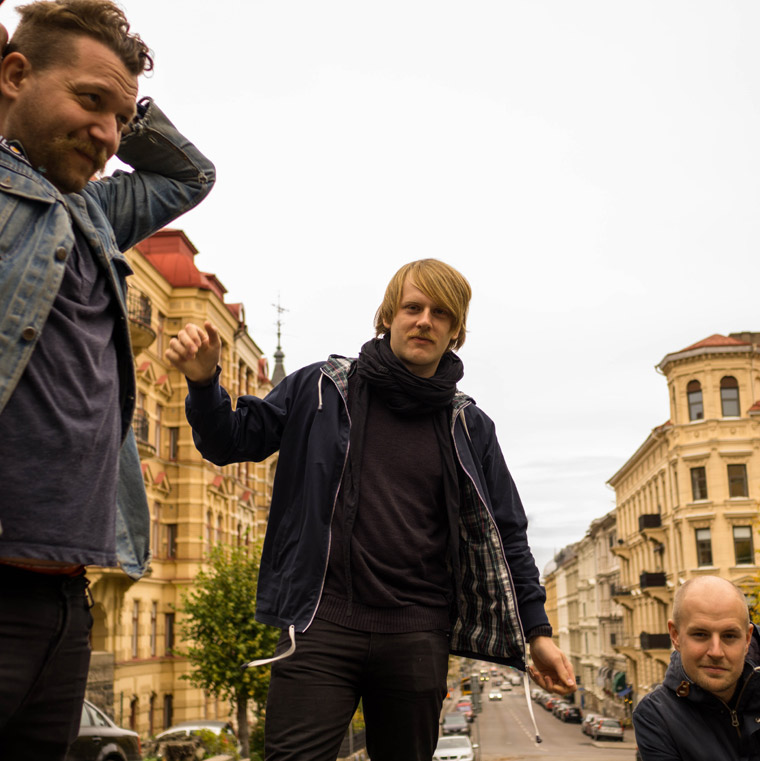
The Gothenburg based trio Dark Horse is always exploring and trying to find new sounds and ways to express themselves unconventionally within the conventional piano trio setting. The three musicians are active in a wide variety of groups and improvised music throughout Scandinavia and in this group comes together to express themselves as freely and honestly as possible. They recently released their debut album "Dark Horse" on the label Zen Recordings.
John Holmström – piano
Alfred Lorinius - double bass
Mårten Magnefors - drums
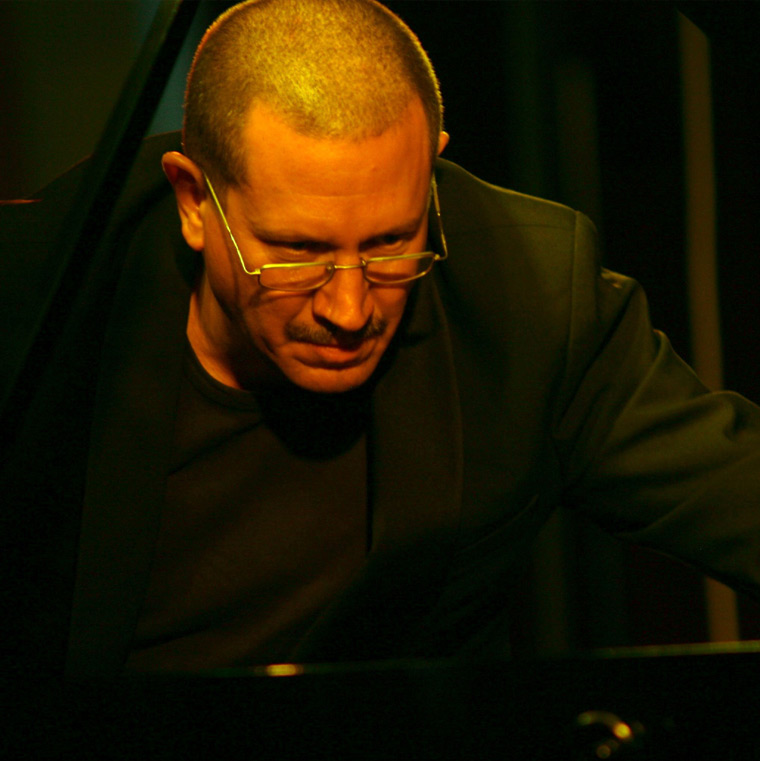
Chris Jarrett (German village by the French border) was born in Allentown, Pennsylvania and grew up in the woods of the Appalachians. In 1985 he moved to Germany where he recorded his first album, and began composing ballet, film and symphonic music. Since then, prestigious solo piano engagements have brought him collaborating with ethnic, jazz and contemporary musicians. In his music, classical and ethnic forms coexist peacefully with the most extreme contemporary language and the freedom of jazz Improvisation. His expressive playing can be wild, rhythmic, ironic, epic, melancholic, bizarre, or mystical, and in his astonishing compositions, the influence of some of his favorite composers such as Johannes Ockeghem, Sergei Prokofiev, Charles Mingus and Frank Zappa can be heard.

The Necks (Sydney) are a piano trio that mastered their own musical language of long-form improvisation. Each time they step onto the stage with no pre-conceived ideas of what they will play. They take the audience on a sonic journey that is created in the moment and in that room. Over their 29 years together, they perfected an assured process of building around repeated motifs through subtle shifts and layering. As a result they produce an extraordinarily dense and hypnotic effect which builds in a mesmerising, epic fashion. The biggest compliment is that no band has dared to attempt to imitate their music. Every Necks' performance is a singular event and usually consists of 2 sets of approximately 45 minutes, entirely improvised and working with the acoustics of the room.
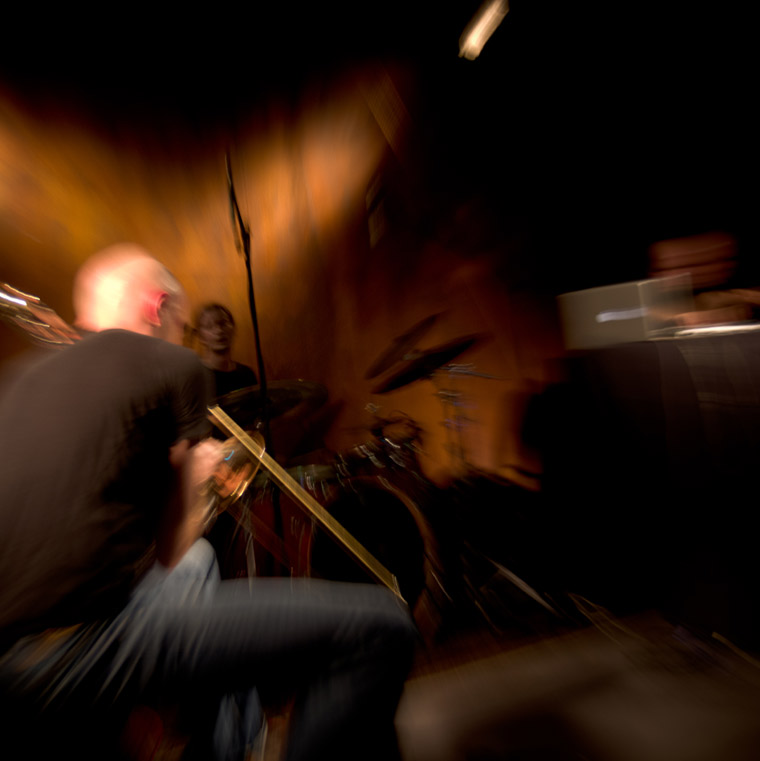
Sebastian Smolyn (Basel), born in Poland in 1975, is an instrumentalist and a composer. Currently, he lives and works in Basel, Switzerland. He studied classical music, instrumental pedagogy and graduated at the Musikhochschule in Zurich. Having gathered the experience playing classical music both solo and with various orchestras and ensembles he started to compose and play his own music. Since 2003 he has been playing experimental, improvised and electronic music. Currently, among other projects, he is working with a duo called “Defibrillator” with his brother Artur.
Artur Smolyn (Basel), born 1976 in Poland, is an instrumentalist and an audiodesigner. Currently, he lives and works in Basel, Switzerland. He studied classical music at the universities in Luebeck, Basel, Mannheim and Montbéliard and graduated with four diplomas. Ever since his graduation in the field of classical music he has been working as a trombonist with various orchestras. Parallel to his professional work, he discovered a new passion so he did a degree in electroacoustic music at Elektronische Studio in Basel and then at the Conservatoire Montbéliard.
Daniel Buess (Basel), born in 1976 in Switzerland, studied traditional south Indian percussion-music at the Musikhochschule Basel and Arabic percussion music during a three months residency in Cairo, Egypt. In most of his own independent projects and performances, which preferably happen at unusual places like car-workshops, Daniel makes an extensive use of his self-made percussion devices, built of different materials and electronics. Daniel was and is still involved in various groups and Ensembles in the realm of experimental and improvised music.
Sebastian Smolyn - e-trombone
Artur Smolyn - electronics
Daniel Buess - drums, electronics
Festival ticket allows you to enter all club events. In case of lack of festival ticket, entry fee costs 10 zł
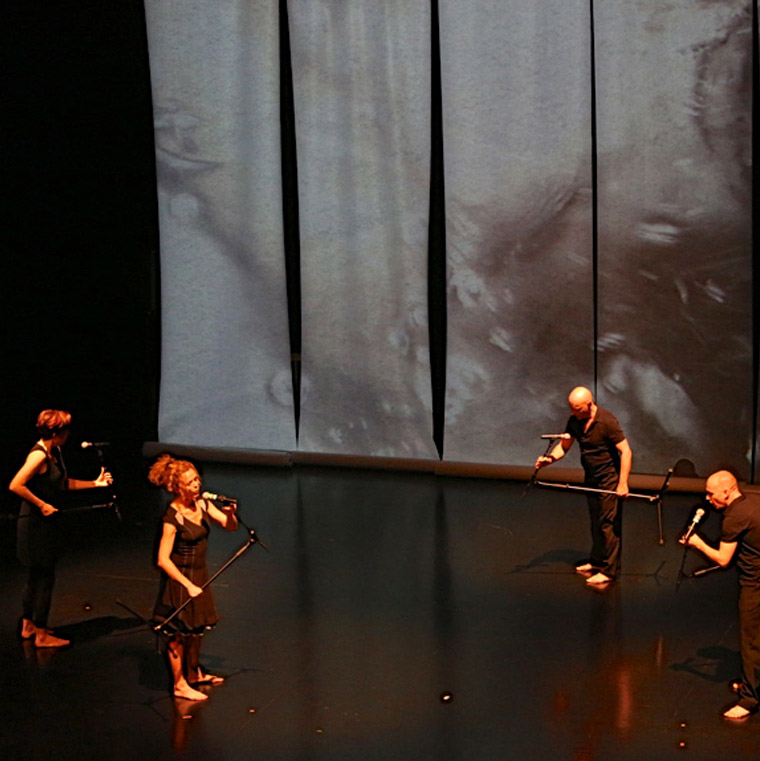
Franziska Baumann (Zurich) is a pioneer in extended vocal technique and interdisciplinary performance. Her works combine voice and gesture, image and landscape, space and sound and aim to discover new modes of perception. She explores gesture-based interfaces. As a composer her repertoire is diverse and includes commissions for electroacoustic and improvised projects to Music Theatre, large-scale site-specific sound environments and installations.
Claudia Brieske (Zurich) is a video and sound installation artist. Her approach, the so-called “metaphorical Gestures”, is based on sequences in which simple gestures are focused in the way that complex perception levels are revealed and new forms of communication explored. The relationship between sound, image and movement is of special importance in her work.
Christoph Baumann (Zurich) is a pianist and a composer. His work oscillates somewhere between the improvisation and composition. He assumes stimulating or critical stances by means of playfully confronting and fusing attitudes and mentalities. His pervading interest to bring different musical styles into a dramatical context is particularly evident in his big speciality, to tailor his composed and improvised music tightly to theatre and radio plays, dance, films and his three speech-operas.
NOMAD-X is a trans-media performance for selected locations. Local space and reality experience serve as base material. Baumann and Brieske compose with on-site conditions keeping a variable and open-ended approach. Every location is a kind of artist in residence for them, be it a museum space, a building site, a park, a glacier, etc. By audiovisual orchestration and concert performance the discovered elements will be brought in a surprising dynamic process. NOMAD-X examines our perception mechanisms through which the particular place itself can be experienced in a new way. NOMAD-X on stage (Bydgoszcz/Warsaw) show is a kind of journey that picks up the traces of former locations and connects them with the local ones. The elements of each “journey” form new breathing elements for the following event. A compositional structure interacts with improvisation. Visuals of piano keys and strings, hands, mouths interact with images of point-of-view shots in the city.
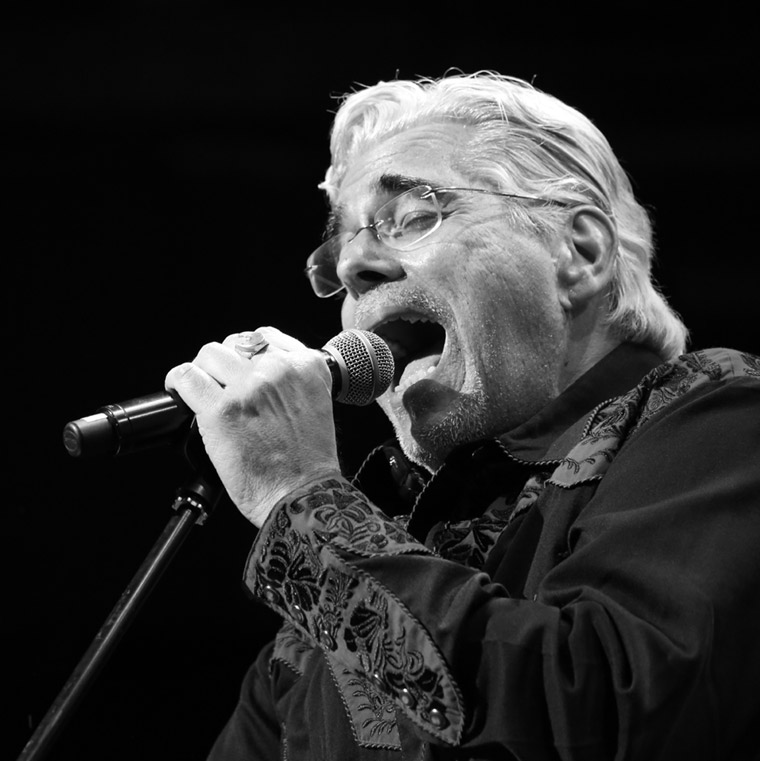
David Moss (New York) is considered one of the most innovative singers in contemporary music. Drumming and singing have shaped his life ever since his father showed him how to hold drumsticks. As his percussionist life mutated creatively into a singer’s life, he began to explore the power of the voice through stories, utterances, sounds, languages. He was strongly influenced by Jan Sebastian Bach, John Cage, John Coltrane, Charles Ives or Tibetan monks and many more. Today, he creates complex projects that weave together the diverse strands of his life as percussionist, vocalist, performer, composer, theater-maker, curator, teacher. After 44 years of exploring the universes of percussion and voice, Moss wants to make each performative moment a surprising necessity.
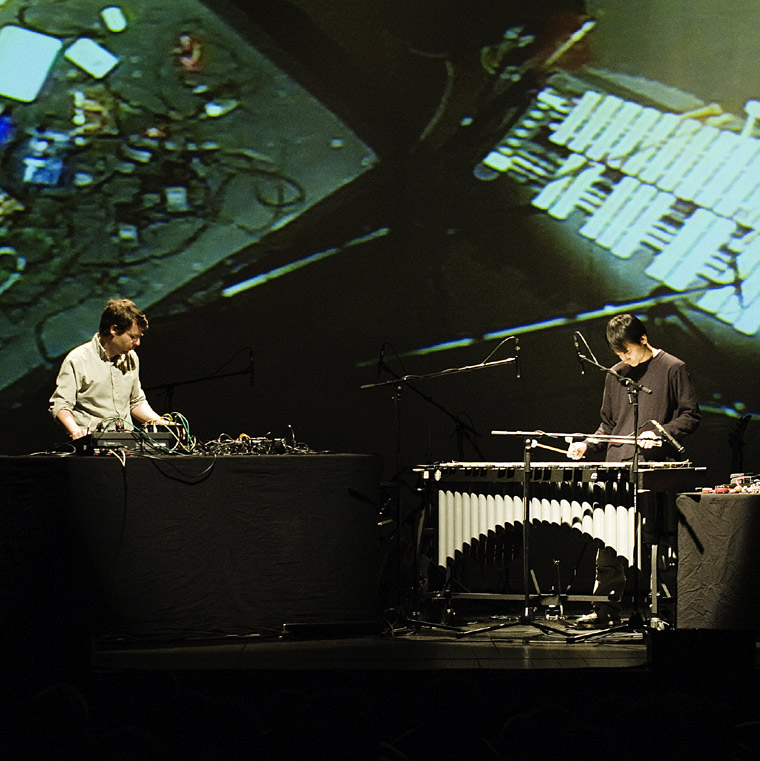
Jan Jelinek (Berlin) was born in Darmstadt and then moved to Berlin. His approach to music is all about the transformation of sound, about translating parameters of popular music into abstract, reduced and textural electronics. Bypassing the rules of traditional musicianship, he prefers to construct collages from tiny sound fragments, from the lost-and-found products of samplers, tape recorders, media players and other recording implements. To this end, Jan Jelinek often works with loops and slight modulations to distil the gist of a piece of music and define it more clearly while masking its original source.
Masayoshi Fujita (Berlin) comes from Japan where he studied film. He was introduced to music via Bon Jovi and his first music adventure was with rock. Later on, he decided to learn how to play the drums, followed by extensive vibraphone training to play his own, mostly jazz and electronic-influenced compositions. Determined not to stick to traditional vibraphone styles or techniques, Masayoshi started to prepare his instrument with pieces of metal, strips of foil and similar objects. The resulting new sounds, similar to distortions, helped to expand the vibraphone spectrum without destroying the instrument’s genuine character.
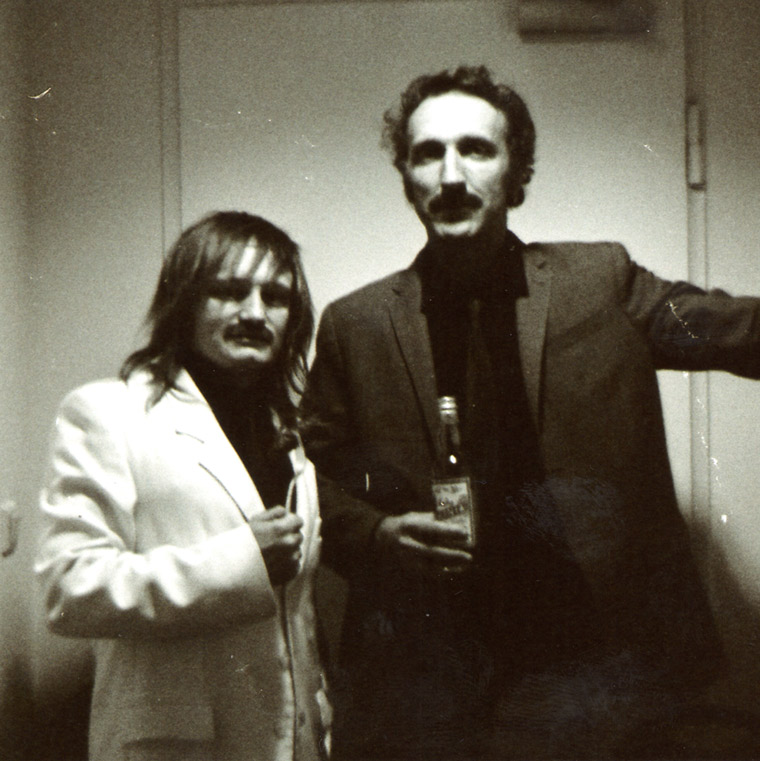
Piotras and Macias, two Warsaw-based ramaguffins, created LXMP (Warsaw). The main driving force behind forming the band was their love for Korg MS-20 — the initial set-up included a drum set, a bass guitar and two MS-20s. But once they’ve done a bit of travelling and carrying, they switched to Korg R3s and unPCshly synthesized themselves. Right from the start they were closely linked with the Warsaw-based indie label Lado ABC, and their first release was Trois Suites + Une Miniature. All at once the band is constantly involved in what can be broadly described as working on a new album.
Festival ticket allows you to enter all club events. In case of lack of festival ticket, entry fee costs 10 zł
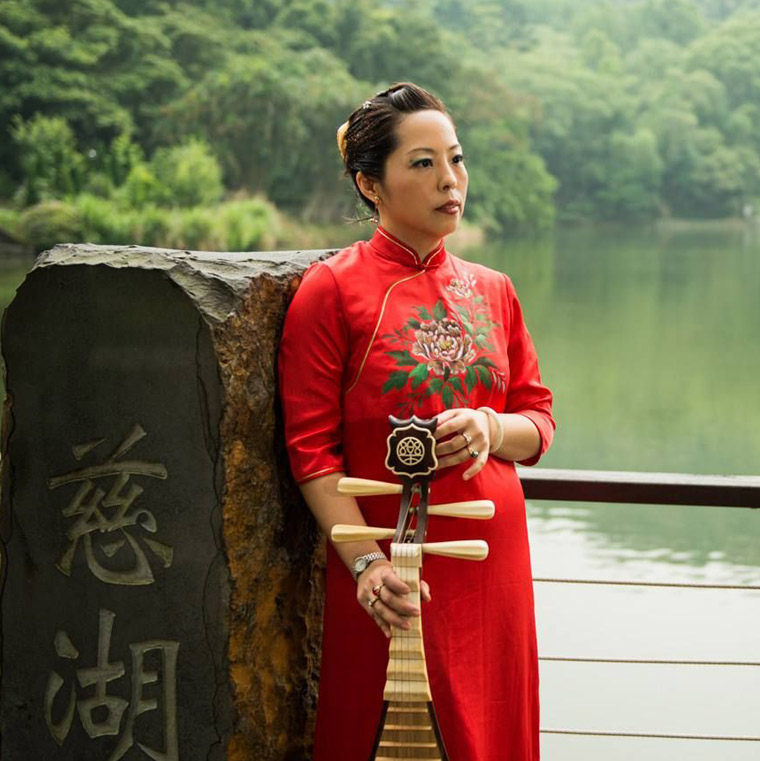
Luo Chao-Yun (Taipei) is a free jazz soloist and avant-garde composer. She plays the pipa, which is a four-stringed Chinese musical instrument that has a pear-shaped wooden body. It is one of the most popular Chinese instruments. It is praised for its refinement and delicacy and its’ tone is melodious and unique in expression. Luo Chao-Yun has a Master’s degree in the Central Conservatory of Music in Beijing and is known for developing new skills for pipa. She is the Taiwan Pipa Ambassador and she is said to have discovered not only Taiwan's good sound but also Taiwan's cultural heritages. Her superb performances are always diverse and distinctive which makes her a higgly-appreciated pipa pioneer worldwide.
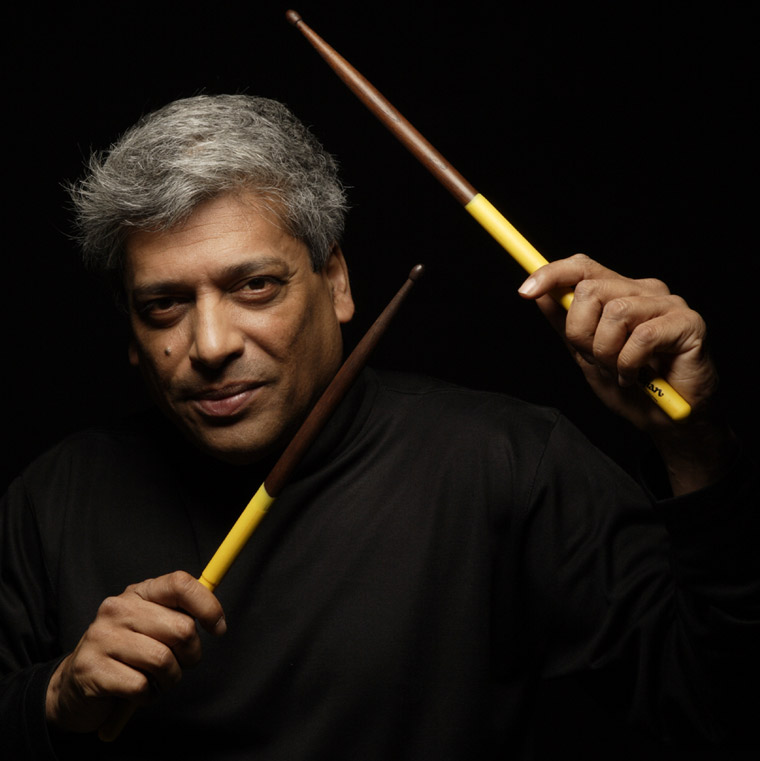
After a long time, Trilok Gurtu (Dehli) has turned again to improvised music even though all his life the concept of “jazz” has always been far too restrictive. For Gurtu jazz is an attitude, which makes it possible for him to overcome the boundaries between styles and genres; and to elaborate the quintessence, also in emotional terms, of his music. Jazz as a universal language, despite all of its different dialects, is spoken and understood all over the world. “Spellbound” is by no means a typical album for the percussionist who was born in 1951 in Bombay. Every single sound is an expression of Trilok Gurtu’s great admiration for the man and musician Don Cherry. After all, it was the American trumpeter who encouraged the young percussionist, to pursue his vision of an intuitive music, which is open to the world and embraces the world.
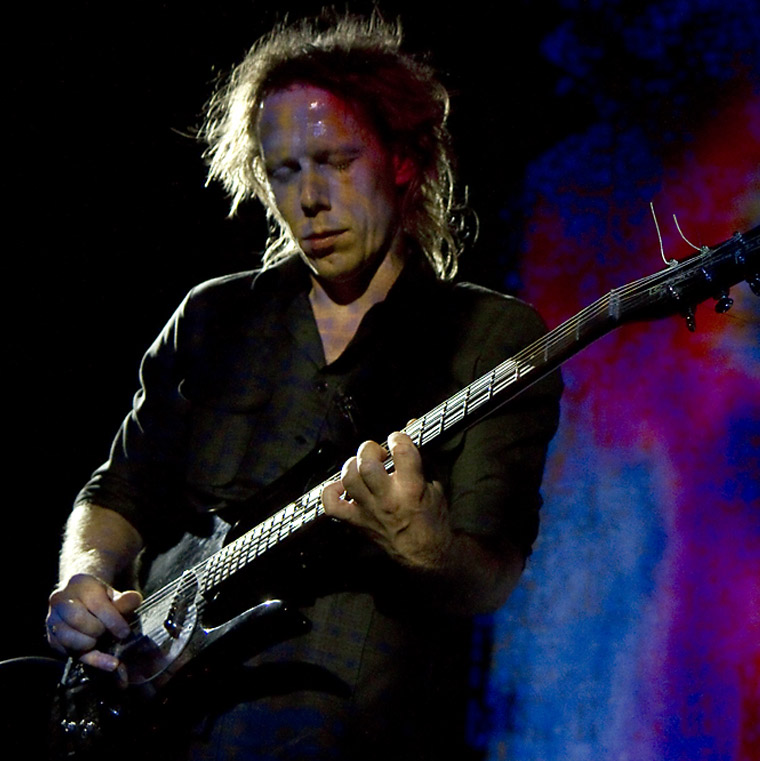
Stian Westerhus (Oslo) born in 1979, has been pushing the boundaries with his guitar for the last ten years. Intimately playing the guitar, like a part of his own body, Stian’s expressive playing breaks down the barriers of the electric guitar and bends music, whether it is on his own as a solo performer or with others. He’s a player that can snuggle comfortably with the improv crowd and he can sound more like a machine than man. He webs sandblasted misshapes into a rhythmic weave, which is intricately baffling. His pursuit of new sound is more about finding expressive possibilities than an end in itself: when he rips it in the upper register, his instrument sings, piercing through the murk like moonlight on the fens.
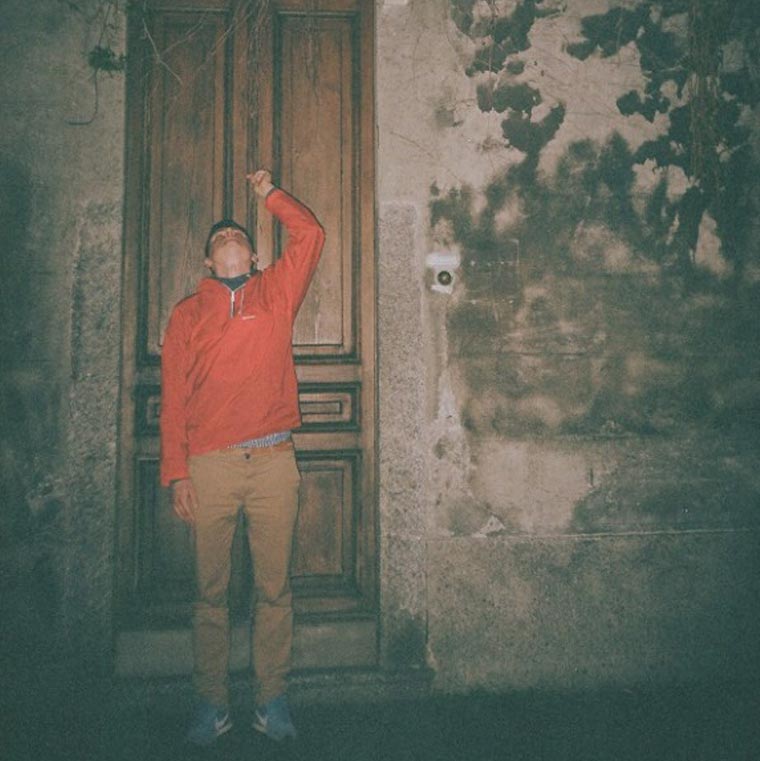
Sonar Soul (Warsaw) comes from Warsaw’s Praga district. He is a producer and DJ who made his debut in 2011 with the album Namaste „Lot 76”, which provided him with the opportunity to perform in the studio of Agnieszka Osiecka of Radio Trójka. As Sonar Soul he released two singles, a vinyl record „Feelosophy” and a digital one „Adore” in Funky Mamas & Papas and Razmatazz labels. He is a member of Junoumi Crew collective.
Festival ticket allows you to enter all club events. In case of lack of festival ticket, entry fee costs 20 zł
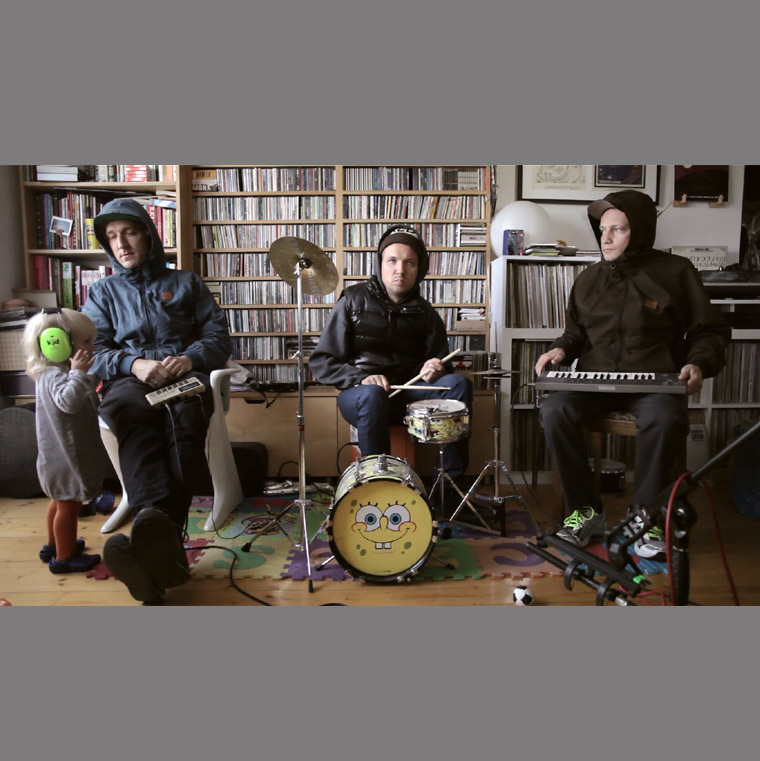
67.5 Minut Projekt (Warsaw) is a 450-second extension of Piotr Zabrodzki's and Macio Moretti's band called 60 Minut Projekt. Having burned several speakers and performed in such exotic places as Poland and Sweden, the duo decided to invite one half of 15 Minut Projekt to play with them - turbodrummer Janek Młynarski. Their usual 60-minute set has been stretched time-wise, but it also appears to have gained intensity and power. Cool stuff.
There is one ticket for each festival day that allows you to enter all events on a given day. We do not sell tickets for single concerts.
Tickets can be bought online:
Tickets are also available:
Tickets will be also available at the entrance to Teatr Polski before each festival day. We offer a 30% discount for students of artistic universities.